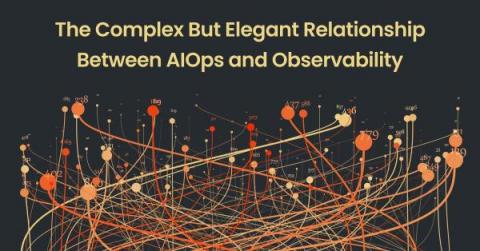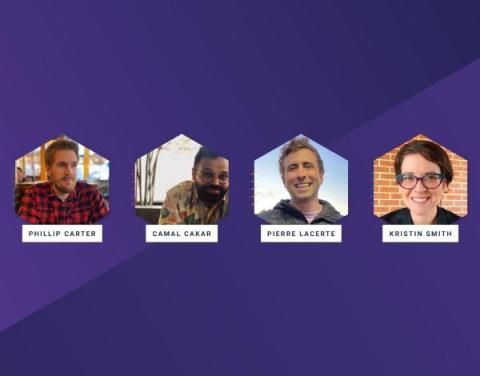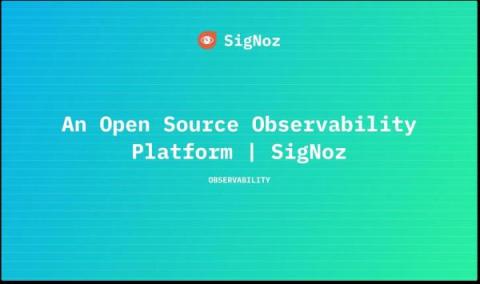Operations | Monitoring | ITSM | DevOps | Cloud
Observability
The latest News and Information on Observabilty for complex systems and related technologies.
The Complex But Elegant Relationship Between AIOps and Observability
Digital transformation requires organizational evolution. Constant demand for rapid delivery of upgrades and new products forces change. Surely, the old days of managing monolithic applications housed in private servers are over. Applications consist of virtualized, containerized, and serverless code that’s networked via APIs across a hybrid infrastructure of public and private clouds.
What is an Observability Engineer?
What is an observability engineer? Is it your SIEM admin? How about your application performance monitoring admin? Neither? Both? Observability engineering is more than administering a tool. There is more to it than data onboarding, writing parsers, and getting data in. As an observability tool admin, you work with data producers and consumers to get data in a human-readable and searchable format from the source to the analytics system.
Getting Started with OpenTelemetry: Three Companies Check Into OTel Observability
Comprehensive observability starts with good instrumentation. OpenTelemetry, aka “OTel,” sets a unified standard, enabling you to instrument your applications once, then send that data to any backend observability tool of choice. OpenTelemetry’s standard for generating and ingesting telemetry data is slated to become as ubiquitous as current container orchestration standards. Because of this, development teams are increasingly adopting OpenTelemetry to their applications.
How to choose a cloud native observability solution
Modern application architectures enable technologists to innovate quickly, but building apps in a cloud native environment adds complexity. Here's how to find the right observability solution for your cloud ecosystem.
Demystifying Observability and Making it Work for You
This article is the final installment in a series that demystifies observability. The first three focused on the history of observability, dispelling myths around observability, and what observability is and what it can offer. In this last article of the series (Check out part 1), I want to offer a complete definition of observability.
Sense and Signals
Complex, distributed software systems are chatty things. Because there are many components interoperating amongst themselves and with things outside their bounds like users, those components and the systems themselves emit many information signals. It’s the goal of monitoring, logging, and observability (o11y) tools to help the systems’ “stewards,” those developers and operators tasked with maintaining and supporting them, make sense of those signals.
An Open Source Observability Platform | SigNoz
The Complete Kubectl Cheat Sheet [PDF download]
Kubernetes is one of the most well-known open-source systems for automating and scaling containerized applications. Usually, you declare the state of the desired environment, and the system will work to keep that state stable. To make changes “on the fly,” you must engage with the Kubernetes API.
How to get complete CI/CD pipeline observability
It's not like it used to be back in the day! Before CI/CD, we were building on-premises, service-oriented products following system style architecture and we were able to map out the build system and end-to-end process in a PowerPoint or Visio document. Although time-consuming and inefficient, it was relatively straightforward and the build pipeline was unlikely to change drastically. But that's no longer the case.










